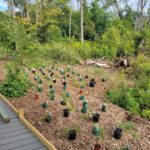Wehr Nature Center Land Management Update
Since I began work at the Nature Center last May, the focus has been concentrated on three areas, savanna, our “beach” prairie, and the area by the bird blind.
Have you noticed changes?
Whether you are a regular visitor to Wehr Nature Center, or you come out only occasionally, you’ll probably notice some changes in the park. Most notably, the work being done in our savanna and our “beach” prairie. These two areas are seen by nearly everyone who enjoys our trails. The savanna is prominently located along the park drive, and the beach prairie is viewed as you make your way to the waterfall, so any land management work that takes place is front and center to the public.
The area by the bird blind was populated almost entirely by invasive species. Invasive trees have been removed in the bird blind area; as a result the area has been virtually clearcut. We are working to establish this area as a wet prairie and shrub- charr going forward.
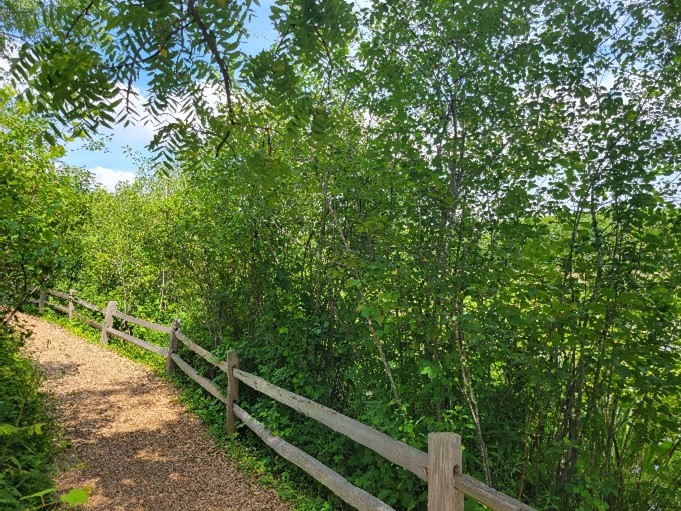
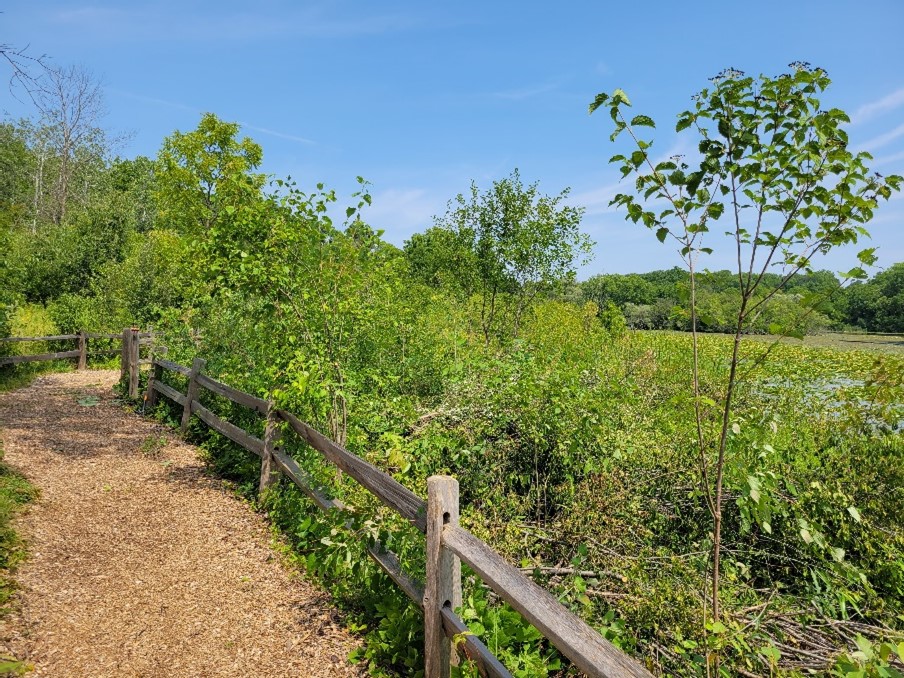
Why are we removing invasive shrubs?
That brings us to the actual changes that we are all seeing. Over the last few months, the land stewardship staff and volunteers have been working diligently to get the savanna and beach prairie ready for a spring prescribed burn. In order for the burn to be as effective as possible, it was important to remove excess thickets. Many of the plants that have been removed have been non-native, invasive species, such as buckthorn, honeysuckle, and Asian Bittersweet.
The work being done in these areas have prompted discussion about change, generally speaking. Whether that’s positive discussion about the potential of the landscape around Wehr, or disheartened discussion because change can be difficult. Regardless, discussion is important and welcome.
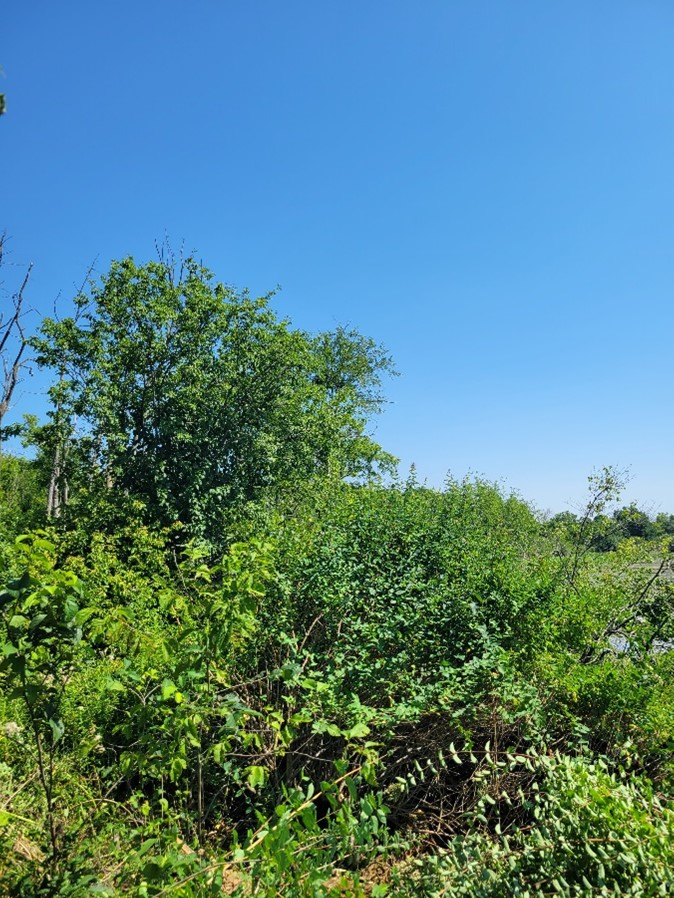
That brings us to the actual changes that we are all seeing. Over the last few months, the land stewardship staff and volunteers have been working diligently to get the savanna and beach prairie ready for a spring prescribed burn. In order for the burn to be as effective as possible, it was important to remove excess thickets. Many of the plants that have been removed have been non-native, invasive species, such as buckthorn, honeysuckle, and Asian Bittersweet.
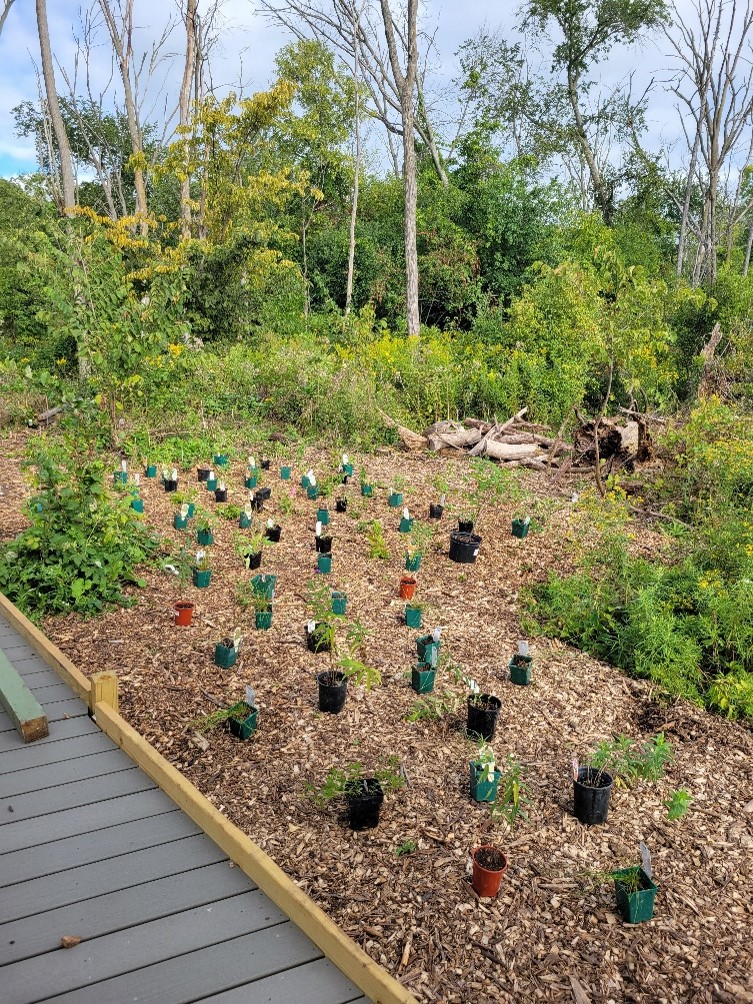
Fire restores diversity of plants and animals
Not only do non-native plants grow faster than native plants, non-native plants also provide little nutrition to wildlife, reduce available resources (water and sunlight) to other plants, and potentially increase pests, such as ticks, in a natural area. As prescribed fire is incorporated into prairie and savanna habitat, biodiversity increases and plants begin to flourish because our native plants are adapted to fire, where non-native plants are not. This leads to better conditions for pollinators, such as native bees and butterflies, to make a home here.
Help us replant by donating shrubs and trees
The prescribed burn should take place in the next few weeks when weather conditions are right. The shrub charr will take some additional weeks to clear the cut material. As we celebrate our 50th year as a nature center and look forward to the next fifty we will be working to maintain these areas. The Savana needs some additional oak trees and we plan on planting a number of shrubs to establish our shrub-carr. This summer we will be looking for donations of trees and shrubs so we can conduct a planting in September and see these areas reach their potential.
If you are interested in joining in the work, volunteers are always welcome! It’s a great way to learn more about the land; and engage with the community who care about Wehr Nature Center. If you are interested in discussion, please reach out to Jeff Veglahn, jeffrey.veglahn@milwaukeecountywi.gov.

